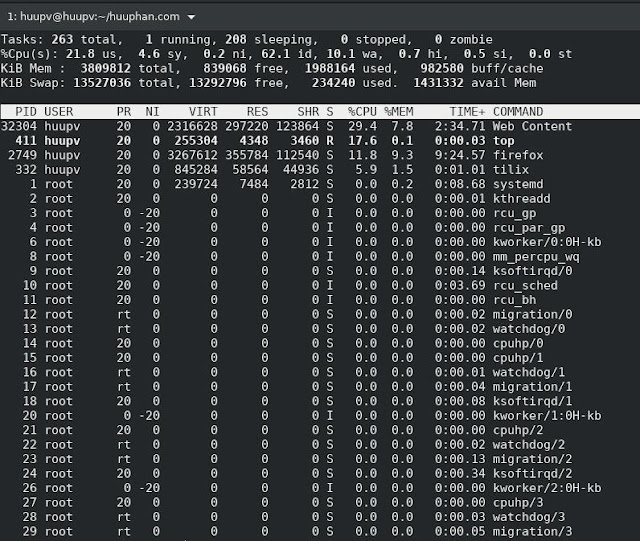How to check accounts that are not active in zimbra

Introduction Managing email accounts effectively is a critical task for system administrators using Zimbra, an open-source collaboration suite. Identifying inactive accounts ensures optimal server performance, security, and storage efficiency. In this article, we’ll explore how to check accounts that are not active in Zimbra using a streamlined approach. Why Check for Inactive Accounts in Zimbra? Benefits of Identifying Inactive Accounts Inactive accounts can lead to various issues, including: Wasted Storage : Dormant accounts consume server space. Security Risks : Unused accounts may become vulnerable to unauthorized access. Operational Efficiency : Regular cleanup enhances system performance and maintainability. By identifying and addressing inactive accounts, administrators can maintain a secure and efficient email environment. Step-by-Step Guide to Checking Inactive Accounts in Zimbra Prerequisites Before you begin, ensure you have: Admin Access : Permissions to execute commands on...





